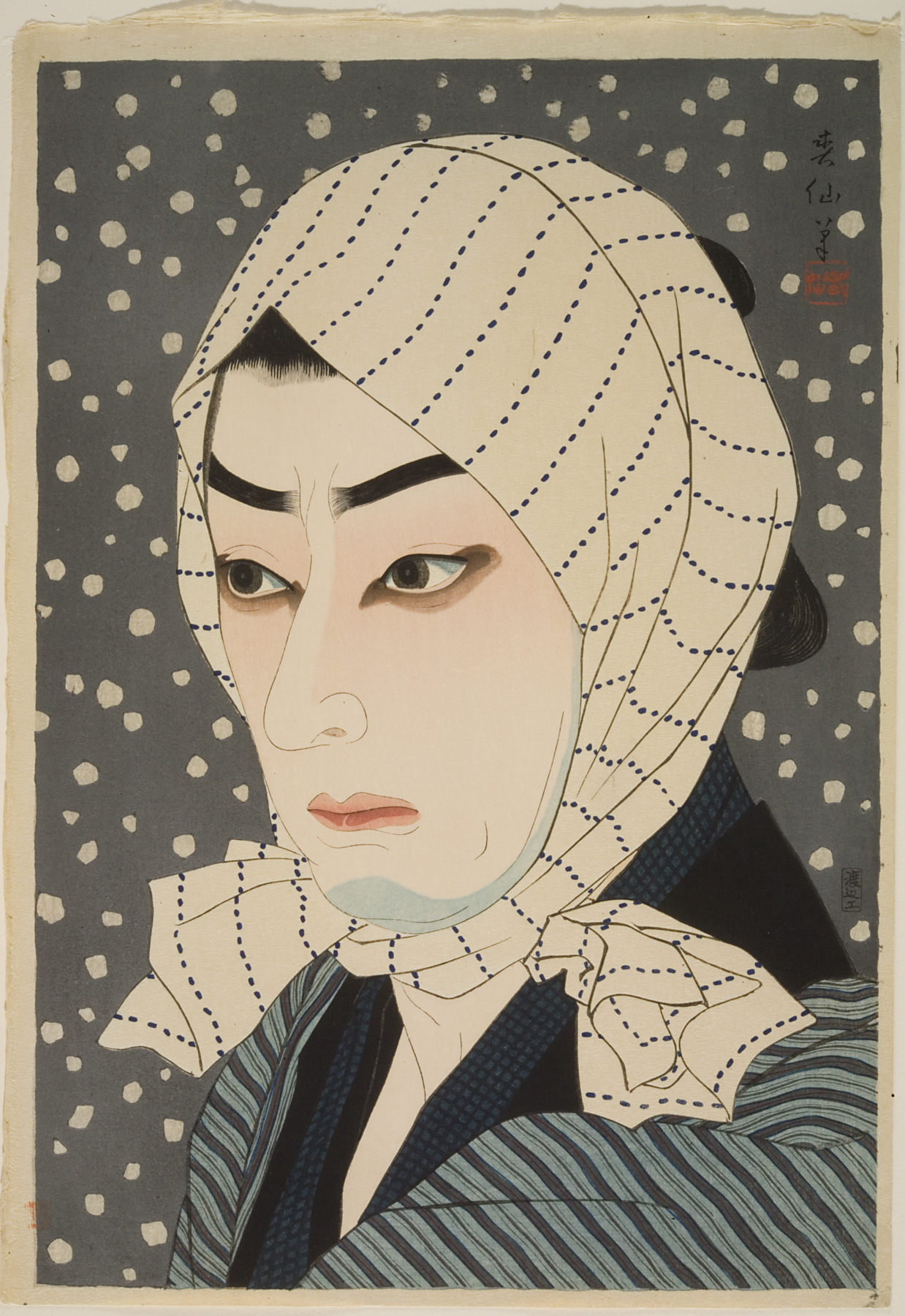The Actor Ichimura Uzaemon XV as Iriya Naozamurai, Natori Shunsen
Artwork Overview
Natori Shunsen, artist
1886–1960
The Actor Ichimura Uzaemon XV as Iriya Naozamurai,
1925, Taisho period (1912–1926)
Portfolio/Series title: Collection of Shunsen Portraits
Where object was made: Japan
Material/technique: mica; color woodcut
Dimensions:
Sheet/Paper Dimensions (Height x Width): 380 x 260 mm
Sheet/Paper Dimensions (Height x Width): 14 15/16 x 10 1/4 in
Mat Dimensions (Height x Width): 19 x 14 in
Sheet/Paper Dimensions (Height x Width): 380 x 260 mm
Sheet/Paper Dimensions (Height x Width): 14 15/16 x 10 1/4 in
Mat Dimensions (Height x Width): 19 x 14 in
Credit line: Museum purchase: Barbara Benton Wescoe Fund
Accession number: 1996.0004
Not on display
If you wish to reproduce this image, please submit an image request

